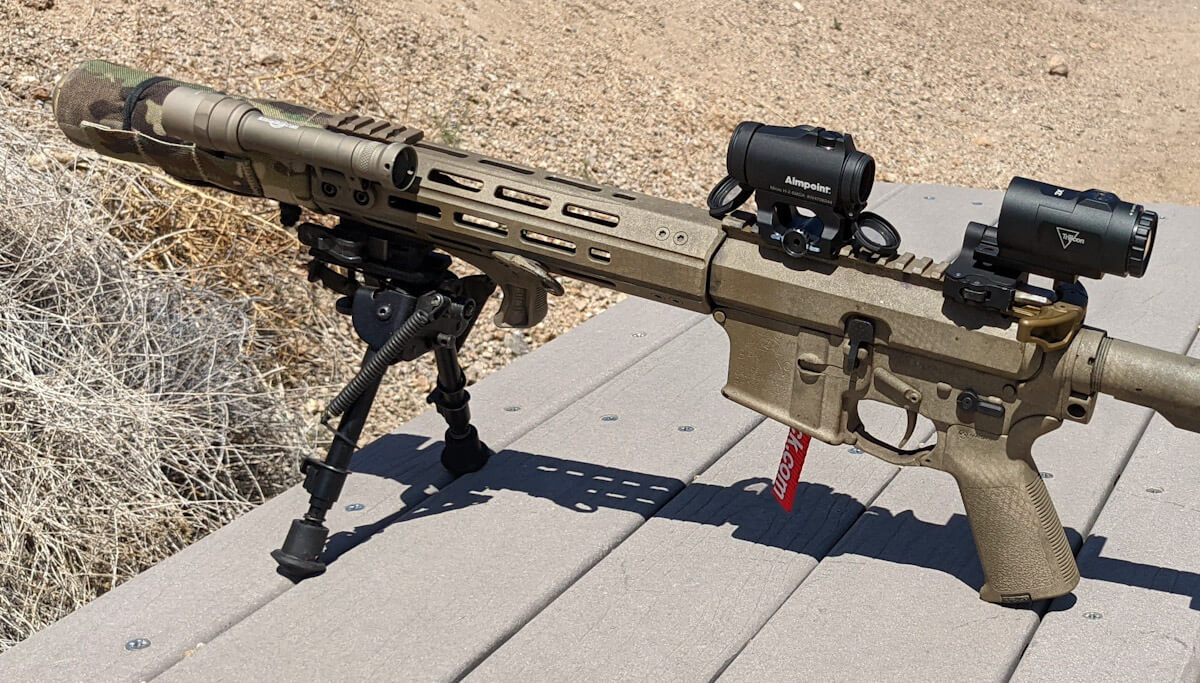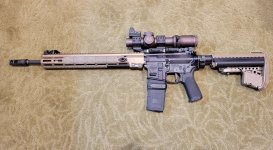Im sure some here will disagree with me. However, my latest article reviewing the Aimpoint H2 6moa busts the small dot myths, and shows how big dots work better from 0-500 on a rifle.

 www.gunsamerica.com
www.gunsamerica.com

Big Dot Energy! The Aimpoint H2 6MOA.
Small dots suck! And the majority of the firearms industry has been lying to you. The last 8 years or so has seen an explosion of quality rugged red dot sights (RDS) from many manufacturers in the firearms industry. Together with all these sights came small dots. Customers were sold a bucket of...



